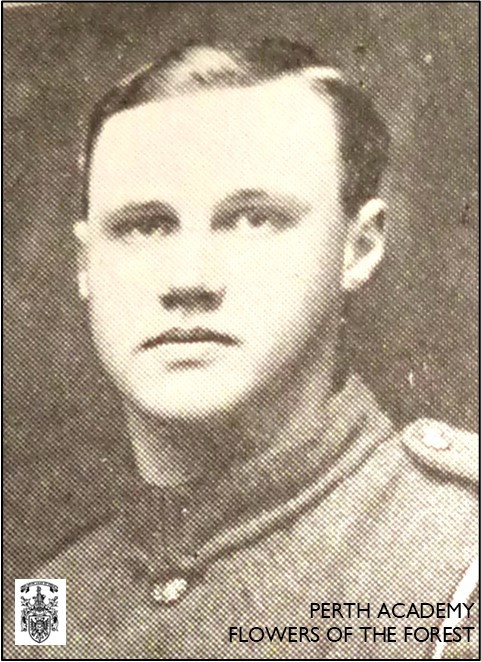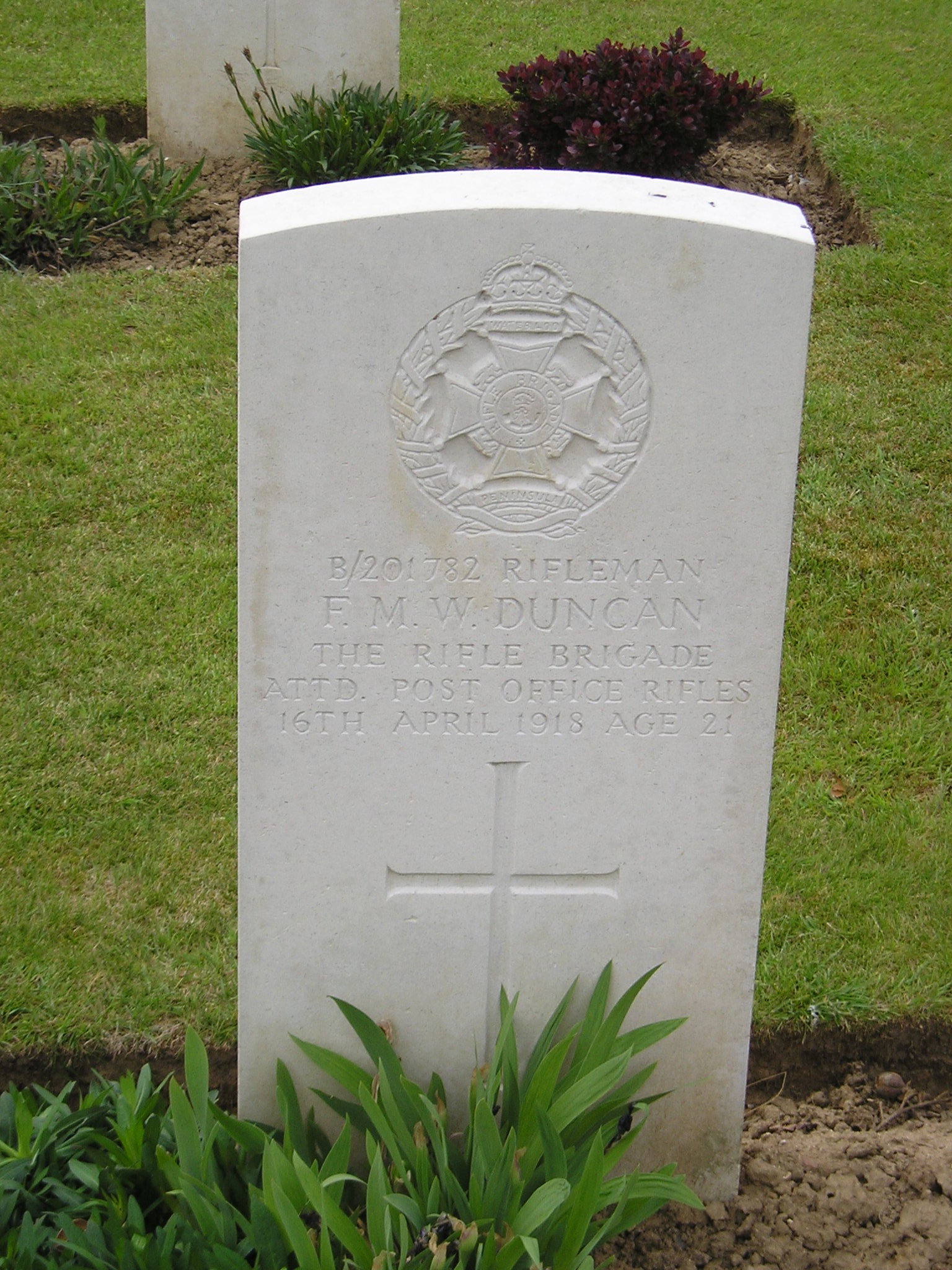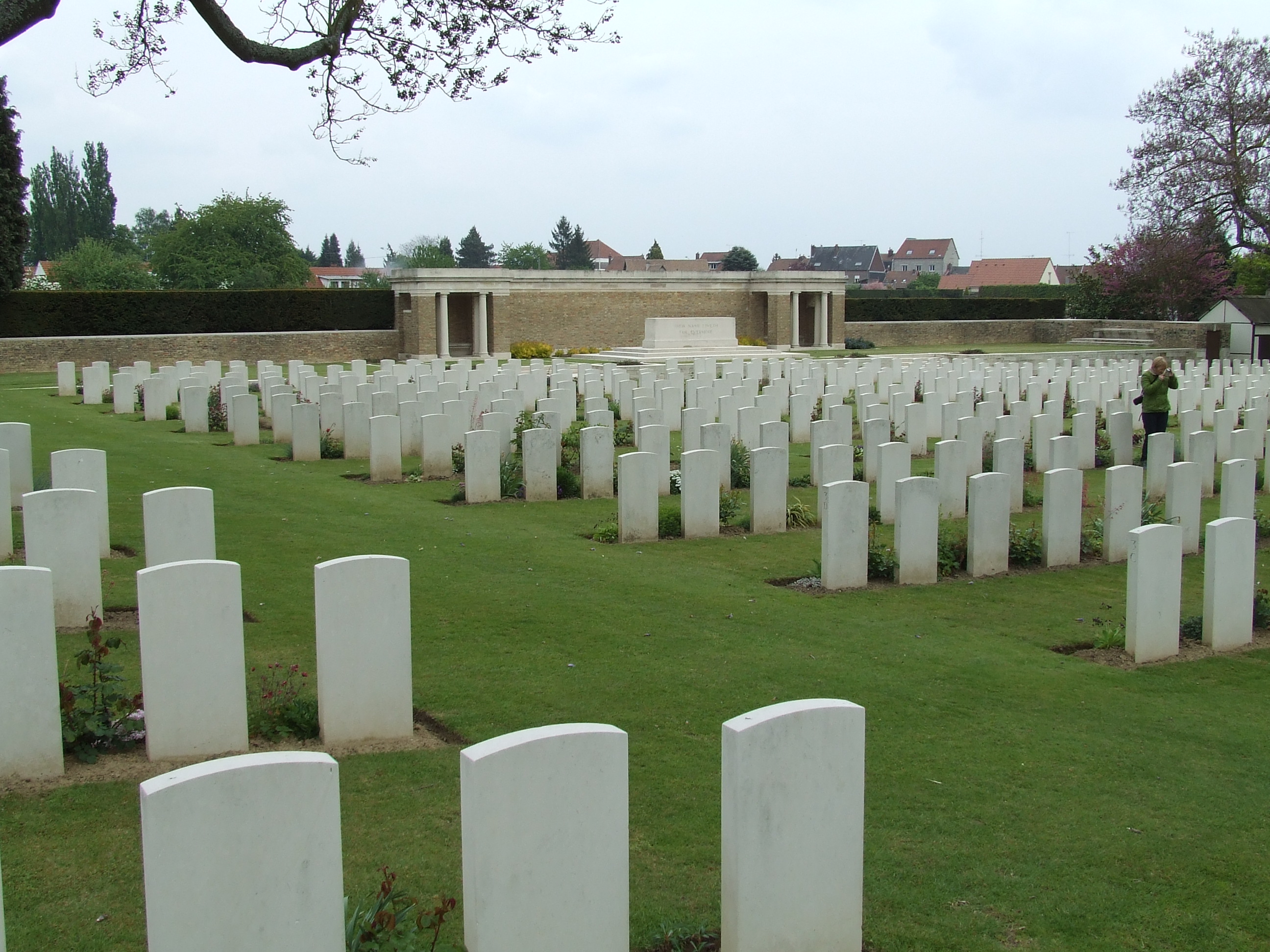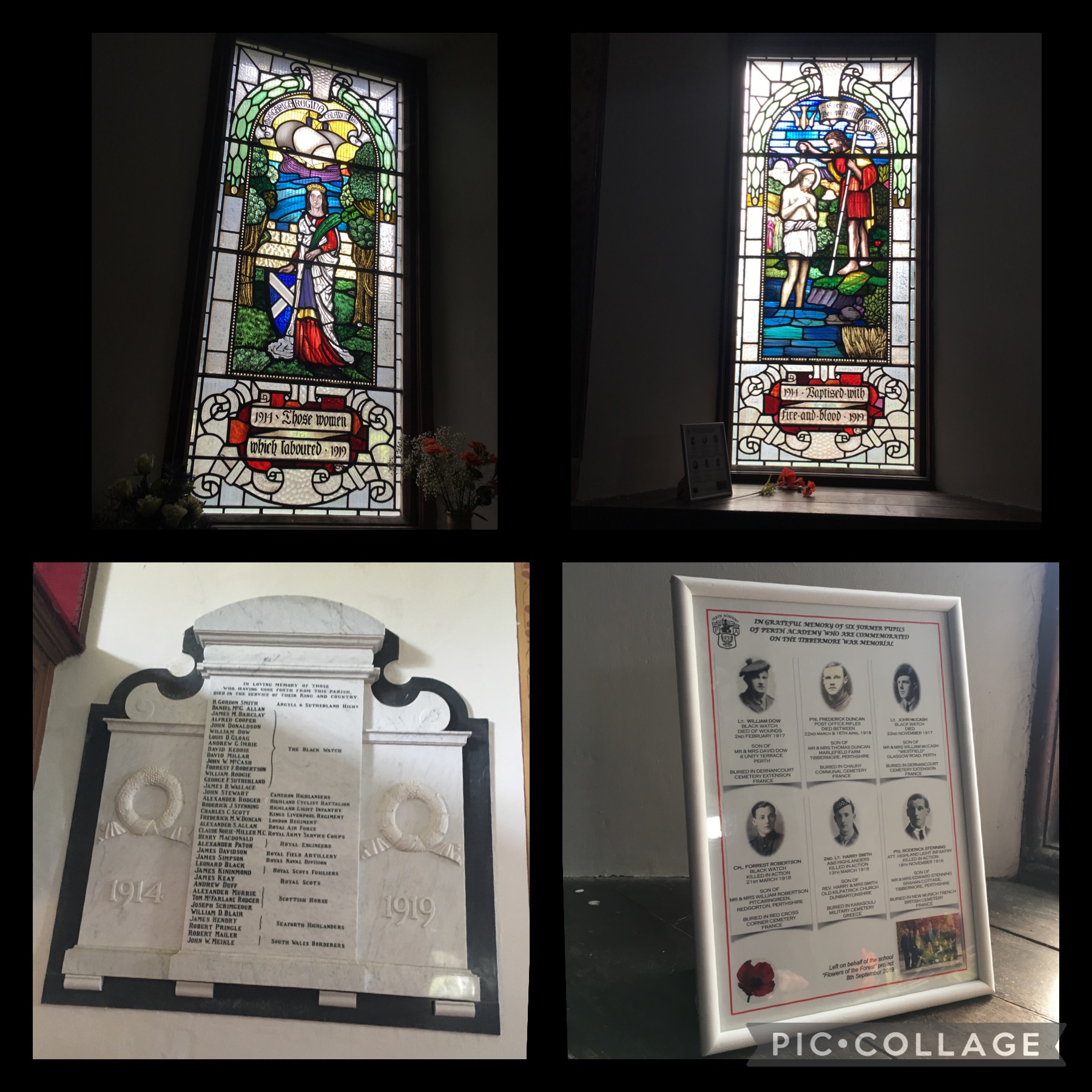
Frederick Duncan grew up on the family farm "Marlefield" Tibbermore, Perthshire. In 1901 Frederick Duncan was living with his grandfather, Henry Peattie, at Marlefield Farm, Tibbermore, Perthshire. The census lists the following people living at Marlefield: Henry Peattie (Farmer), b. c1835, Cameron, Fifeshire; Wife, Jane Peattie, b. c1837, Kingsbarns, Fifeshire; Daughter, Jane Ann Peattie, b. c1866, Dairsie, Fifeshire; Daughter, Margaret Watson Duncan (Peattie), b. c1869, Dairsie; Daughter, Helena Peattie, b. c1878, Kingsbarns; Henry Duncan, b. c1895, U.S.A.; Violet Duncan, b. c1894, U.S.A.; and Frederick Duncan, b. c1897, U.S.A. Also living at the farm were: Rachel Barclay (General Servant Domestic), b. c1885, Baldovan, Forfarshire; Andrew Mayes (Ploughman), b. c1878,Kilrenny, Fifeshire; Gordon Wilson (Ploughman), b. c1881, Kilspindie, Perthshire; and William Roger (Cattle Boy), b. c1887, Caputh, Perthshire.
Frederick Duncan initially enlisted with the Army Service Corps before being transferred to the Rifle Brigade and then attached to the Post Office Rifles. By March 1918, the 1/8th London Brigade (Post Office Rifles) were part of 174 Brigade, 58th Division of the British Army.
21st March 1918 - Battle of Saint-Quentin
On the morning of 21st March, the British infantry were attacked in overwhelming strength in thick fog, wearing gas masks for much of the day, finding the fast-moving enemy infantry had broken through gaps in the defences and was rounding them up from behind. Thousands were killed and more captured.
Many garrisons of strongpoints held out although surrounded, but the Germans drove deep into the British positions in several areas, precipitating retreat and chaos that developed over the next few days.
Frederick Duncan was captured at some stage of the Battle of Saint-Quentin and died of his injuries at some time between the 22nd March and the 16th April.
He was 21 years of age.
Frederick is commemorated on the Tibbermore Parish War Memorial in Tibbermore Kirk.
The members of the parish who served in the Great War are also memorialised with two stained glass windows. One window depicts Christ's baptism and has an inscription "1914 - Baptised with Fire and Blood - 1919". A second window depicts St Margaret of Scotland and has the inscription "1914 - Those women which laboured - 1919".
In 2019, a tribute was left in the church in commemoration of the six former pupils of Perth Academy who lost their lives in the Great War.




